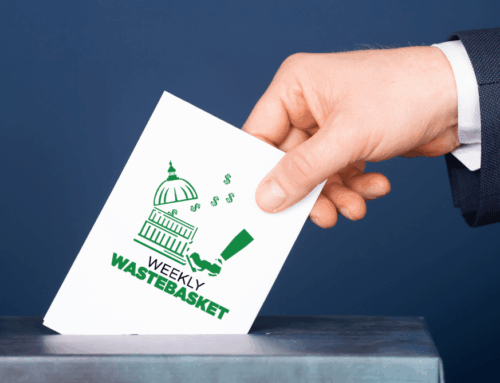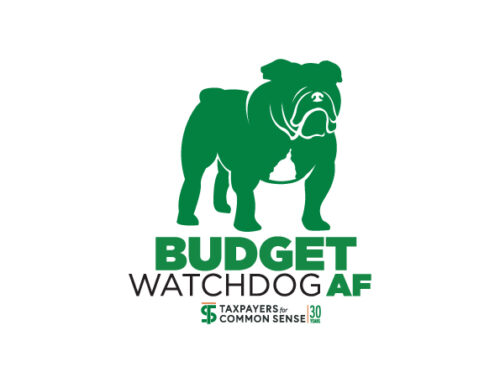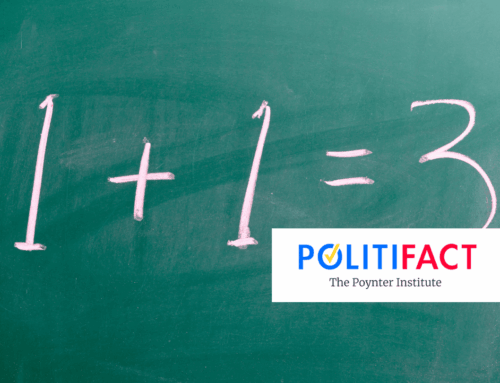Happy 4,000,000,000,000 day. That’s the amount of deficit dollars we predict the House voted to add to the deficit today. Actually, that may be a low-end estimate. We don’t know for sure though, and neither does Congress, because the scorekeepers have not finished their full analysis of the Fiscal Year 2025 budget reconciliation package, the “One Big Beautiful Bill Act.”
It didn’t have to be this way. The President set an arbitrary deadline of the 4th of July and lawmakers rushed to meet it, squashing dissent along the way. The initial bill eked through the House with a one-vote margin. The Senate outdid that, despite a 3-member majority, the package was tied at 50-50 until the Vice President broke the tie and sent the package back to the House with an increased cost.
The nearly 900-page bill contains handouts for special interests—some of which we won’t know the full scope of for days or months. There’s $4.5 trillion in lost revenue, over $150 billion in handouts for Pentagon contractors (including $25 billion for the president’s proposed Golden Dome that is little more than a concept), billion-dollar giveaways to oil, gas, and western water projects, penalties for renewables and tax benefits for Alaskan whalers.
To disguise the cost of this massive piece of legislation, the Senate employed some budgetary sleight of hand to mask the true cost of the bill. When the 2017 Tax Cuts and Jobs Act was drafted, many of the tax cuts for individuals (as opposed to corporations) were written to expire at the end of 2025, both to hold down the cost of the bill and to avoid deficits beyond a ten-year budget window. Fast forward to the debate over reconciliation and Senate Republicans sang a different tune, claiming they were always going to extend the tax cuts, so they shouldn’t be scored. That meant trillions of dollars in lost revenue was never counted—not in 2017 and not in 2025—at least not until the deficit is tallied. This would be laughable if it weren’t so fiscally reckless.
And as we wrote a couple weeks ago, the baseline dodge won’t age well:
And unlike the baseline debates, the Statutory PAYGO (pay-as-you-go) law doesn’t care what assumptions Congress used to score the bill. In response to a Congressional inquiry, CBO told lawmakers that if the OBBBA becomes law and adds, for example, $2.3 trillion to the deficit under current law scoring an automatic across-the-board cut would be triggered. That means a $230 billion annual sequestration, starting in fiscal year 2026. Medicare would take the first hit—capped at 4%, or about $45 billion—but the rest would come from non-exempt mandatory programs like agricultural subsidies and student loan administrative accounts. According to CBO, the rest of the available accounts only add up to about $120 billion. So in this case, without a separate 60-vote waiver, Congress would be ordering cuts that don’t just hurt—they overshoot what’s even possible to cut.
Of course, we know that this bill will add a lot more than $2.3 trillion in debt. After the 2017 tax bill, lawmakers adopted a waiver of statutory PAYGO in an end of year spending bill to keep the government open. That will most likely be the play again, but we’ll be watching.
As Americans gather this July 4th weekend to celebrate independence, taxpayers who value fiscal responsibility should press their elected officials about our nation’s spiraling debt crisis and demand meaningful solutions.
In 2000, the national debt was less than $6 trillion. Today it is more than $36 trillion. Enough is enough.
- Photo by Adam Michael Szuscik on Unsplash










